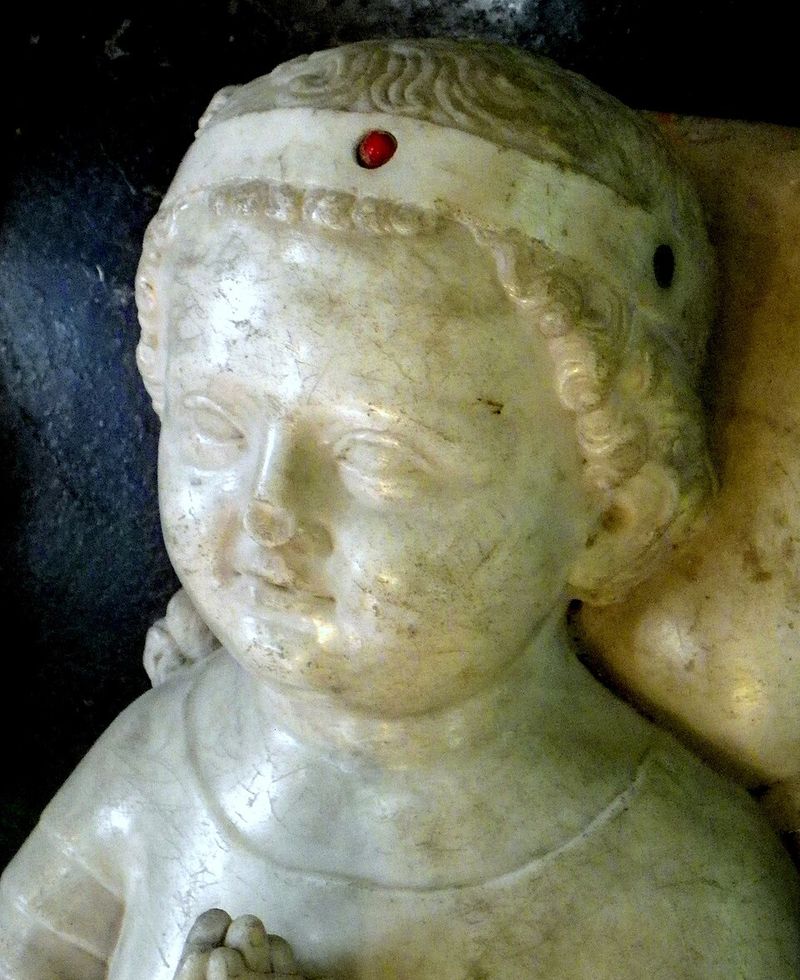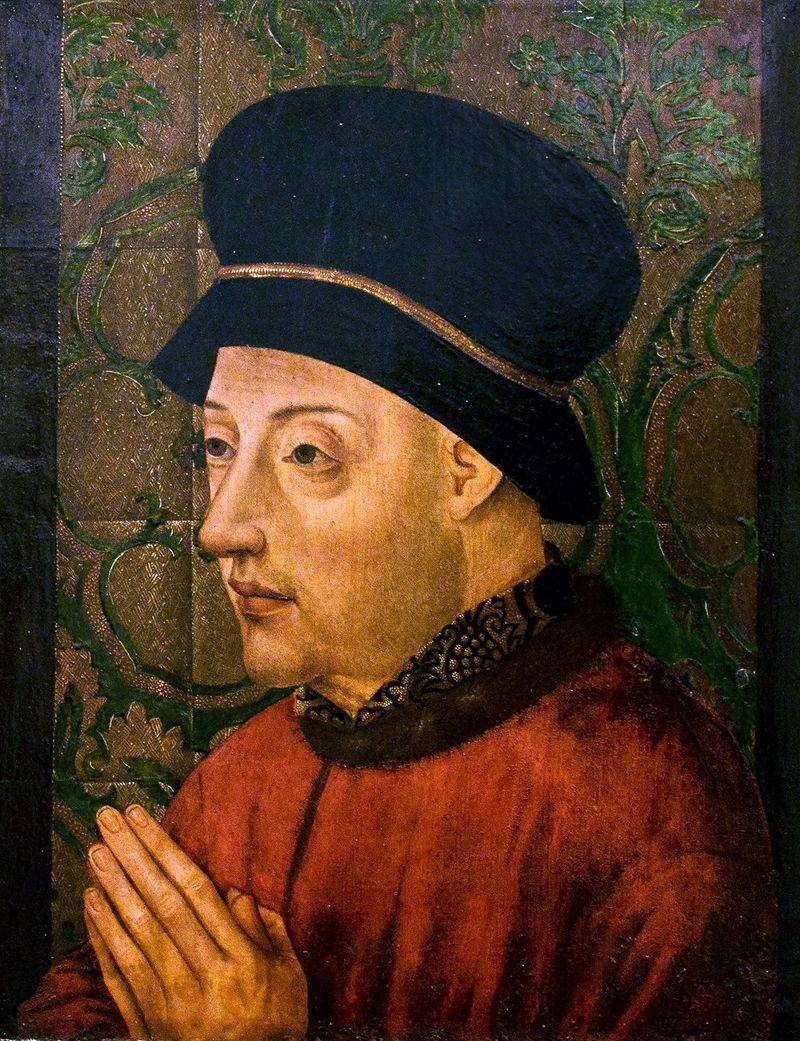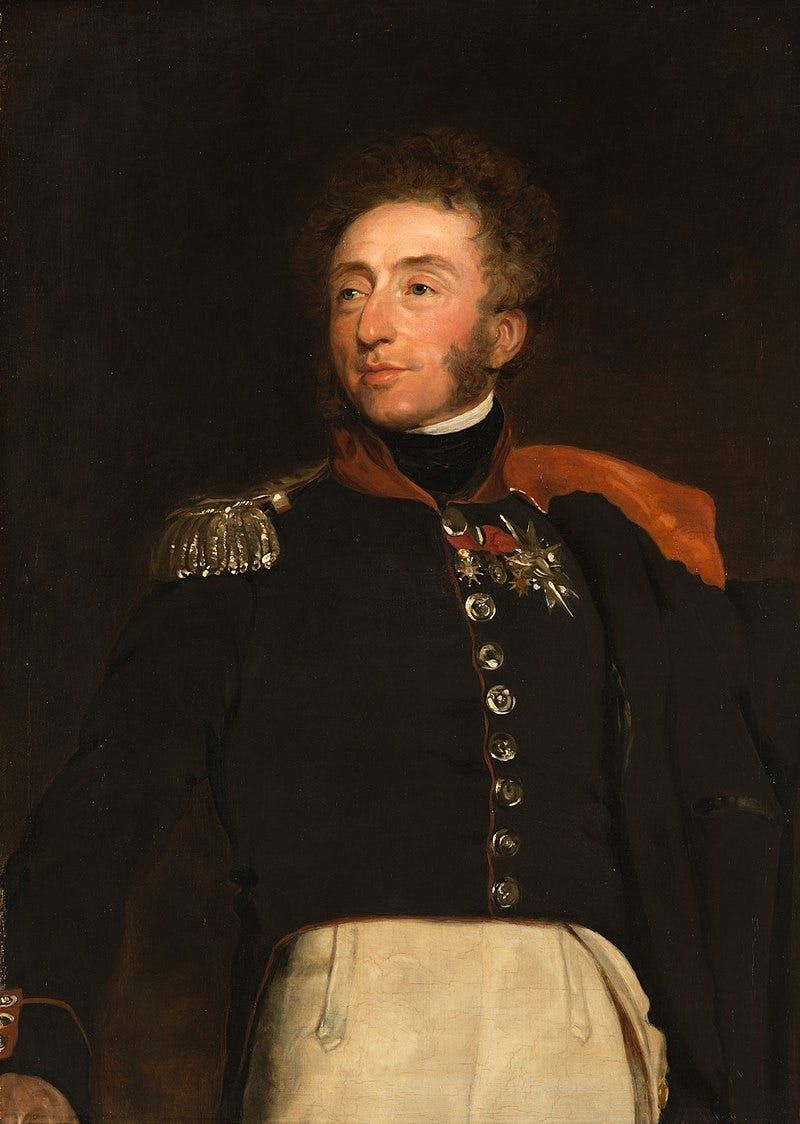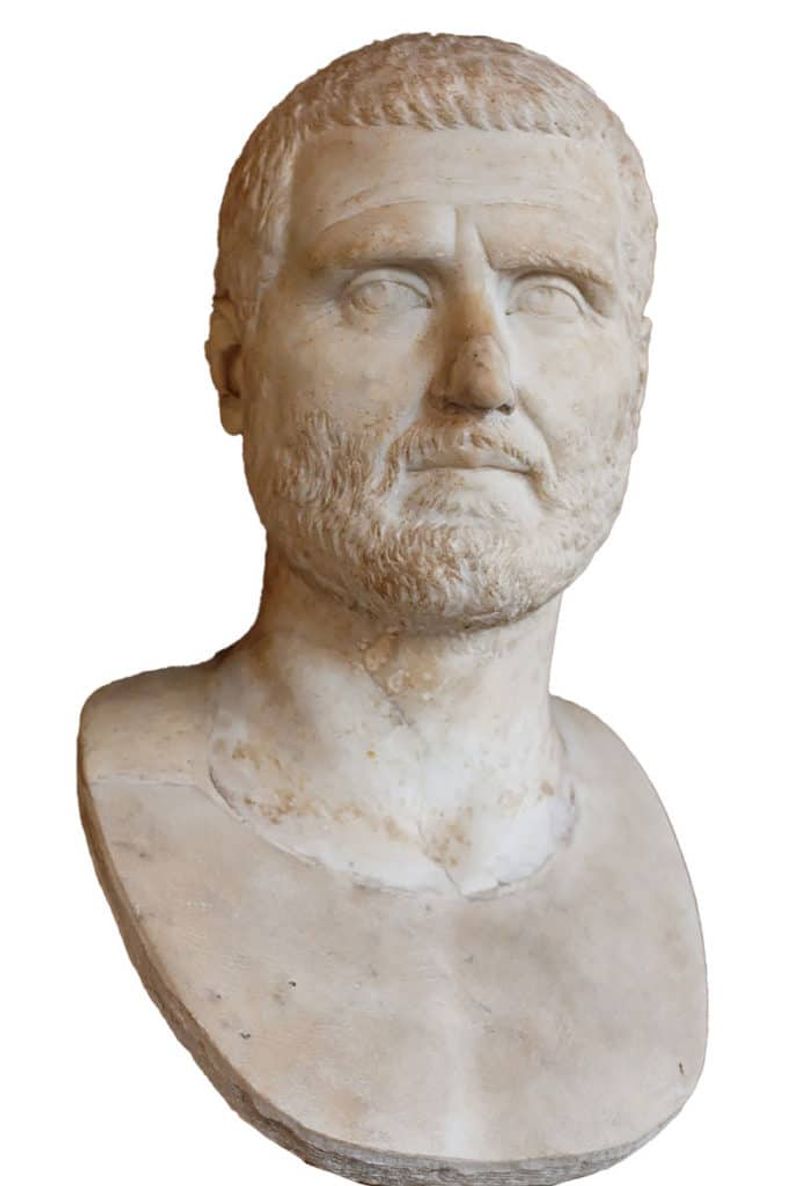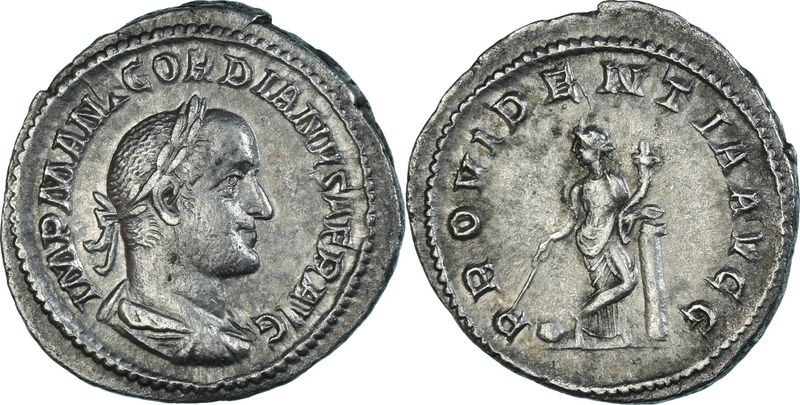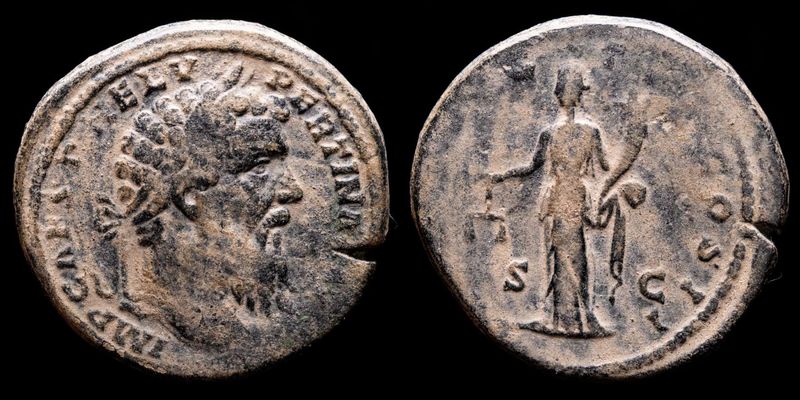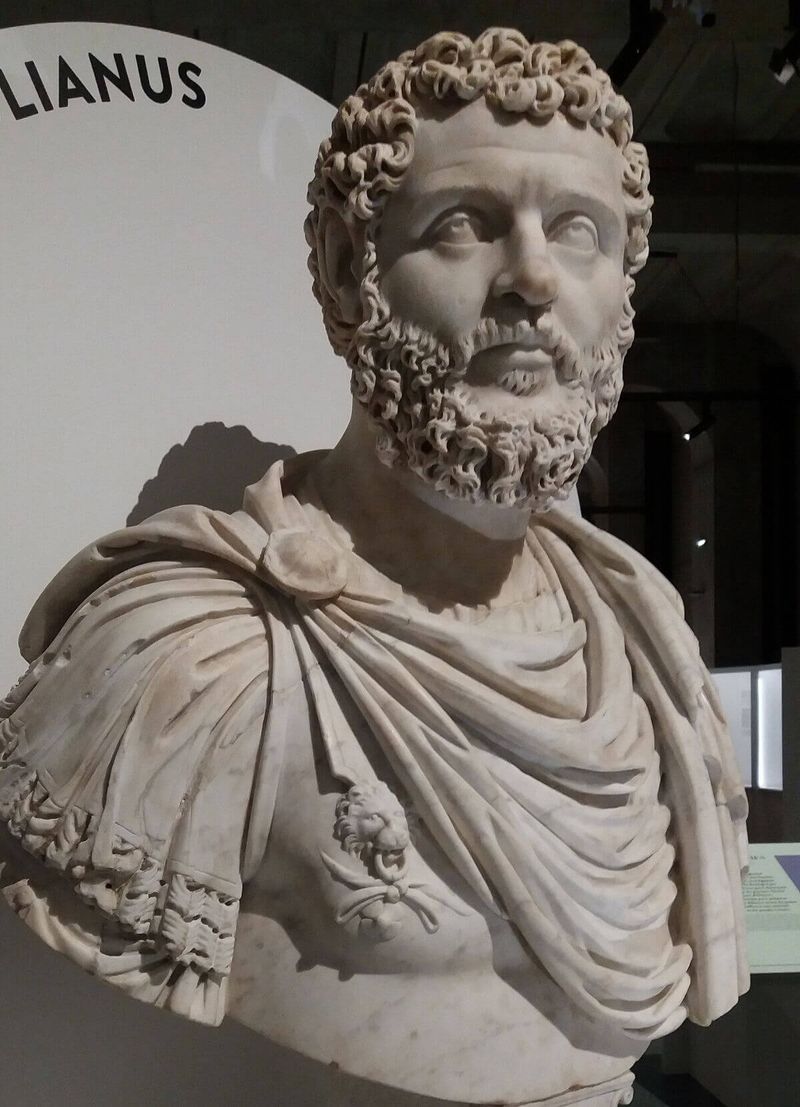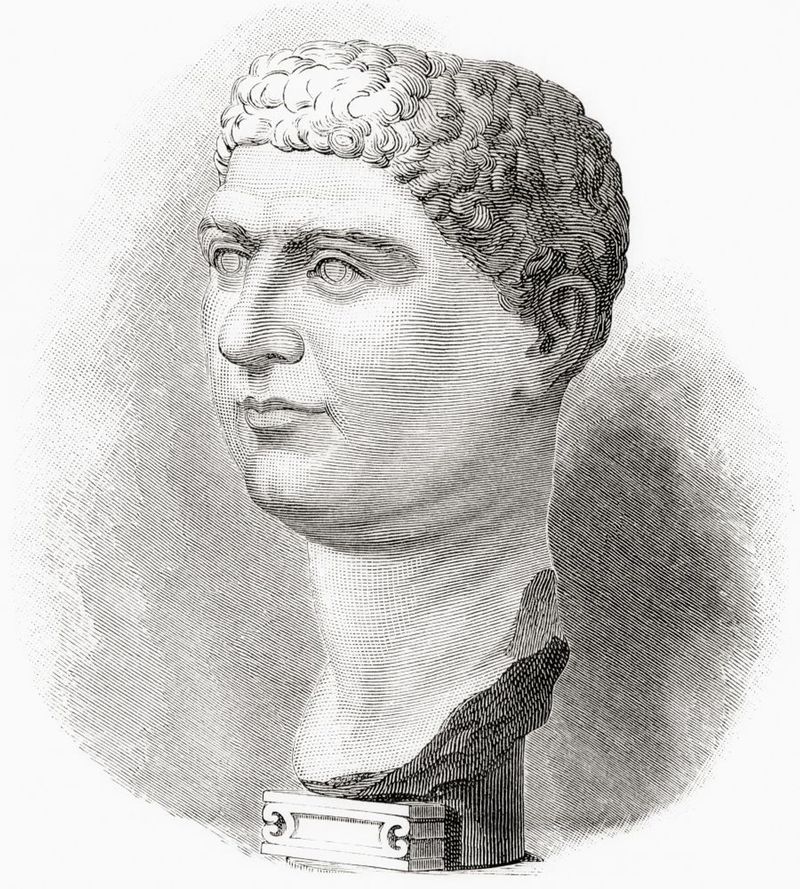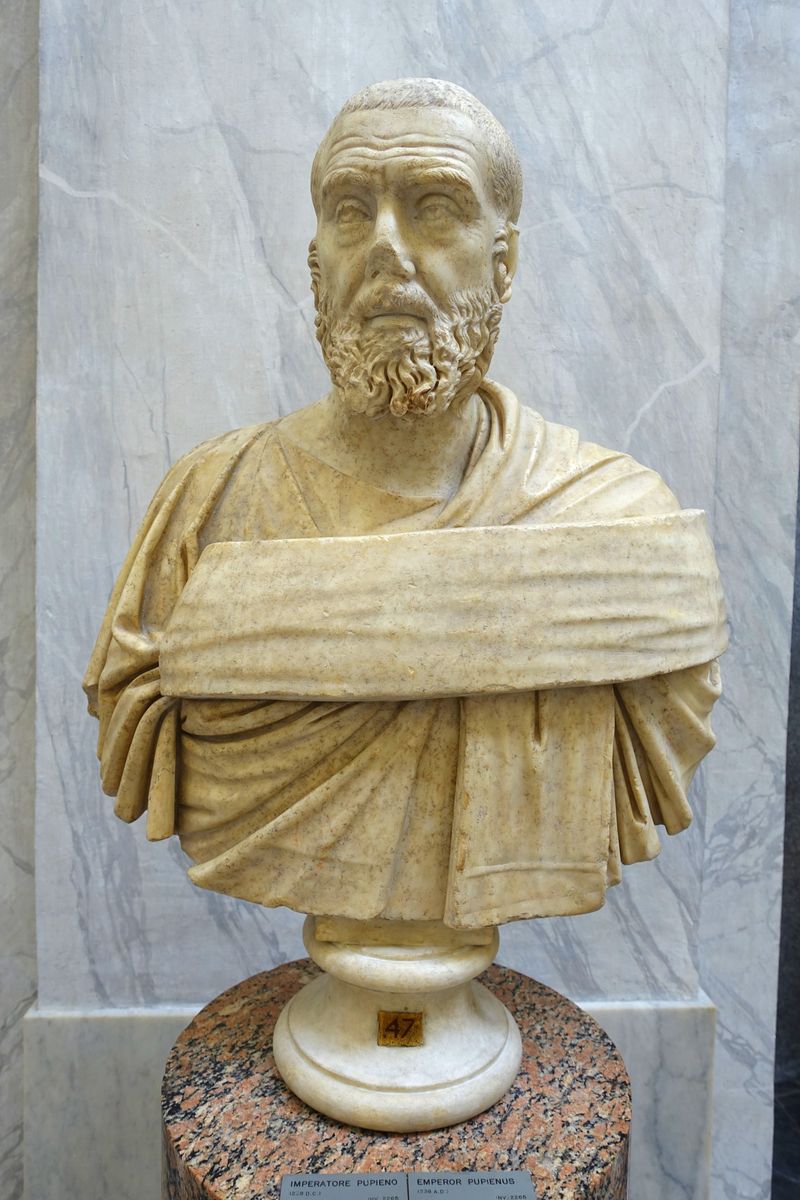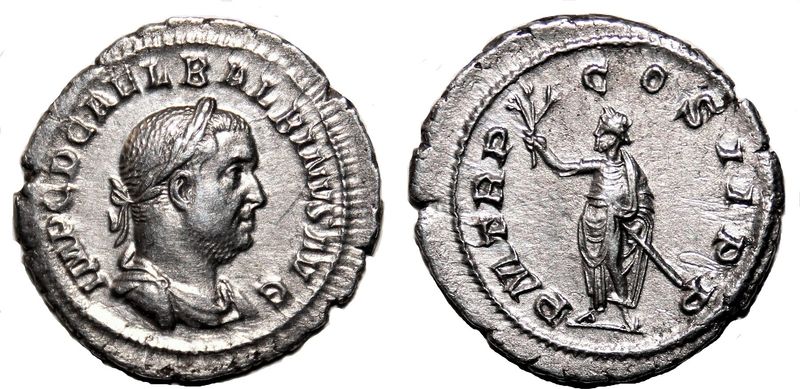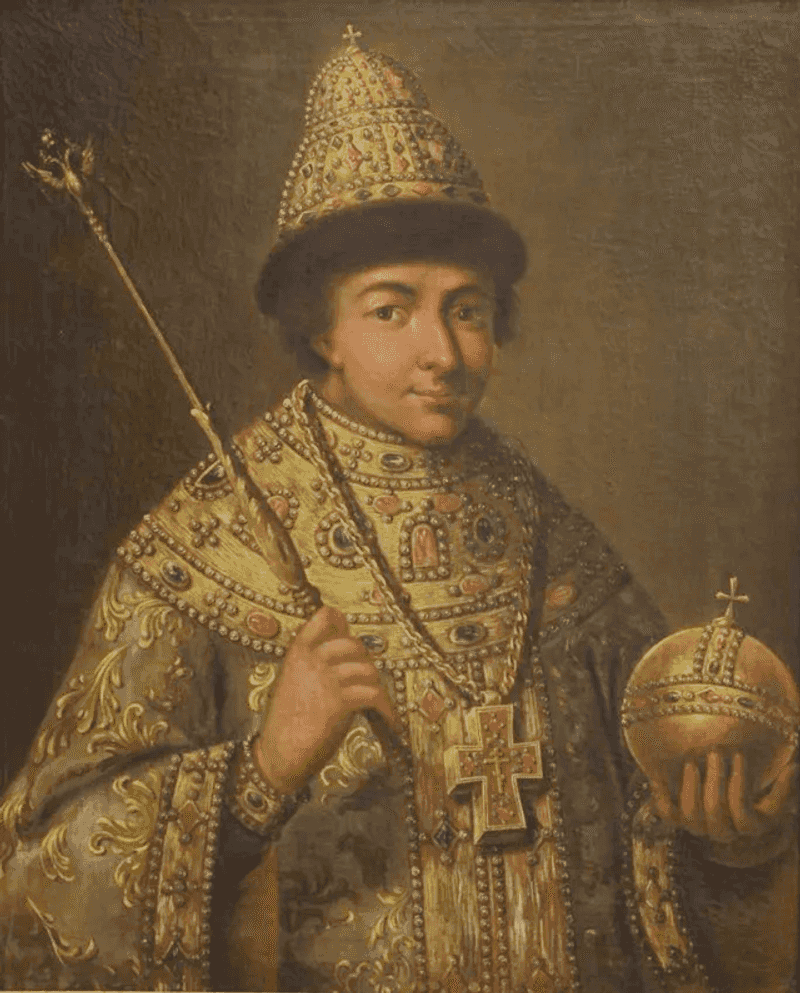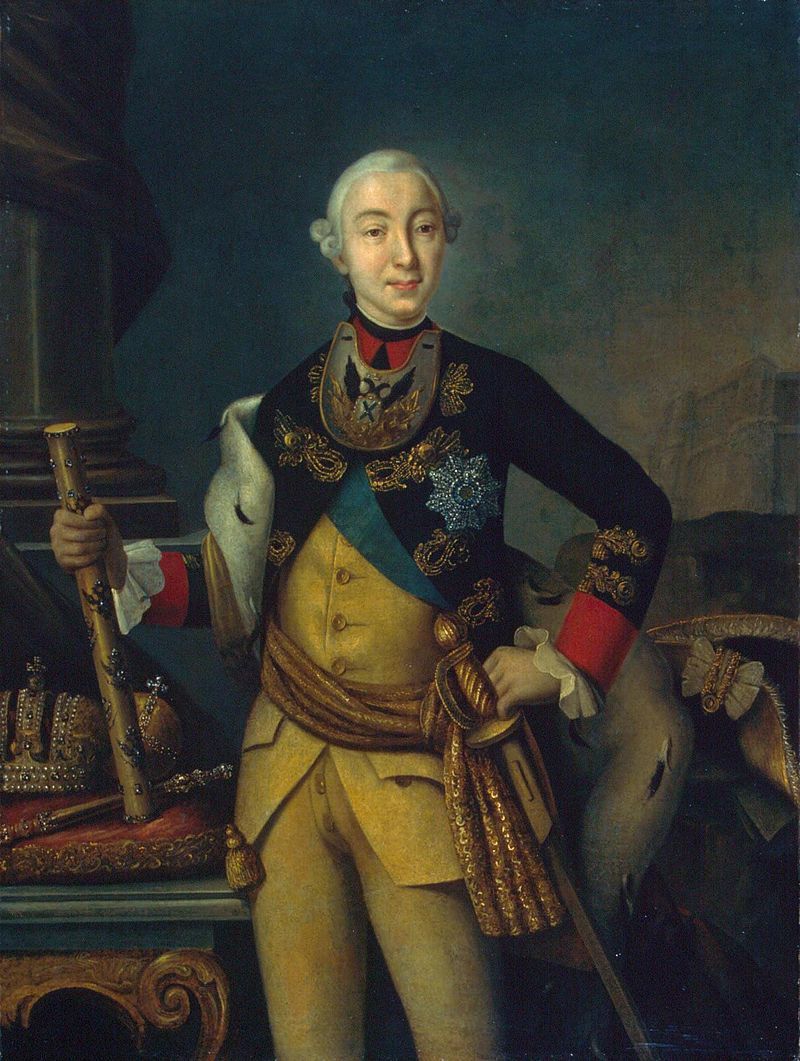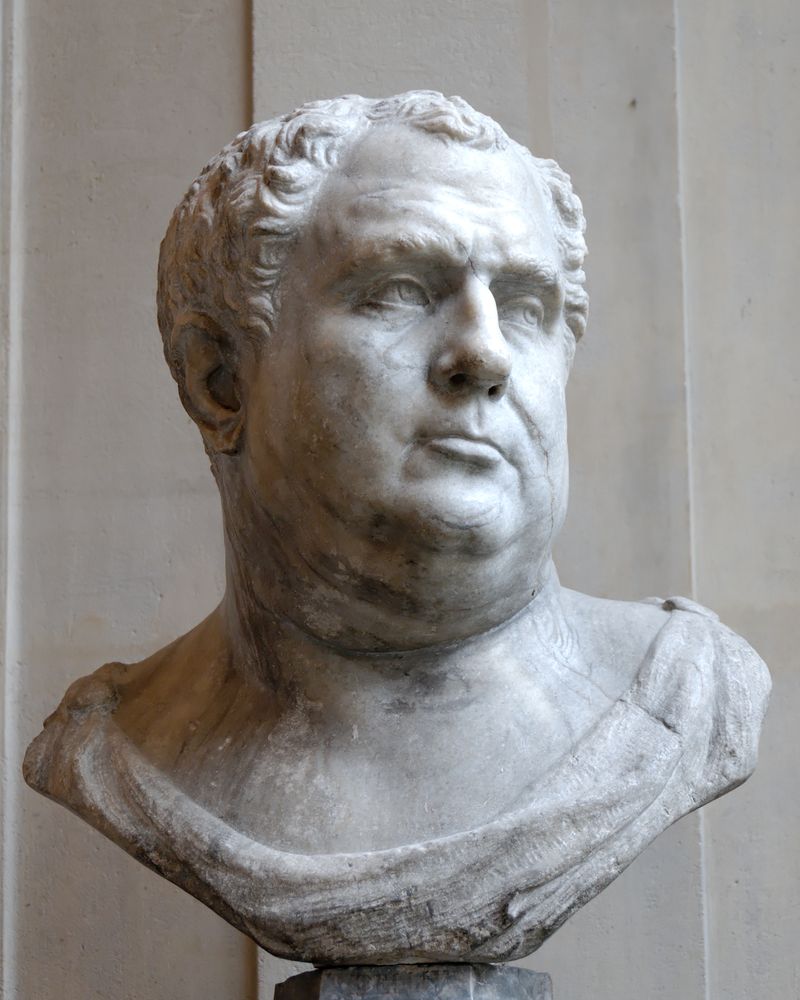History has witnessed numerous monarchs, but some rulers’ time on the throne was more of a fleeting moment than a reign. These monarchs, who ruled for days or mere months, offer intriguing glimpses into times of turmoil and change. In this exploration of brevity, we delve into the lives of 15 historical royals whose reigns were so short, they almost slipped through the cracks of history.
1. John I of France (1316)
In the annals of French history, John I stands as a poignant symbol of brevity and tragedy. Born as the posthumous son of Louis X, his reign was a mere whisper, lasting only from November 15 to November 19, 1316. Though his reign was brief, John I’s existence underscored the fragility of royal succession.
His death as an infant added a layer of sorrow to the Capetian dynasty, and his short life remains a reminder of the uncertainties that plagued medieval monarchies.
2. John I of Portugal (the “Boy King,” 1385)
In 1385, John I of Braganza ascended to the throne amidst a storm of political chaos. Known as the “Boy King,” his reign was so ephemeral that it seemed almost like a fleeting dream. His tenure was measured in minutes or hours rather than days.
John’s brief rule was overshadowed by the 1385 crisis and the subsequent rise of John I of Aviz. His story highlights the vulnerability of youth in the treacherous world of medieval politics.
3. Louis XIX of France (1830)
Louis XIX’s reign is one of the shortest in history, yet it encapsulates an era of turmoil and rapid change. On August 2, 1830, he became king of France for a mere 20 minutes, following the abdication of his father, Charles X.
His brief tenure was marked by the public’s demand for reform and the eventual rise of the July Monarchy. Louis XIX’s story is a testament to the fleeting nature of power during turbulent times in French history.
4. Lady Jane Grey of England (1553)
Lady Jane Grey, the “Nine Days’ Queen,” remains an enduring figure of ambition and tragedy. Ascending the English throne on July 10, 1553, her reign was quickly eclipsed by Mary I’s claim.
At just 16, Jane’s intelligence and resilience stood out, yet her rule was abruptly terminated on July 19. Her story serves as a cautionary tale of political machinations and the perils faced by those thrust into power.
5. King Edward V of England (1483)
Edward V’s short reign is shrouded in mystery and intrigue. As one of the “Princes in the Tower,” he became king on April 9, 1483, but his rule lasted only until June 25 of the same year.
His uncle, Richard III, claimed the crown, and Edward, along with his brother, vanished into history. Their uncertain fate remains one of England’s most captivating historical enigmas.
6. Gordian I of Rome (238 AD)
Gordian I’s ascent to power was as sudden as it was short-lived. Proclaimed emperor in 238 AD, his reign lasted a mere 22 days. Despite his brief tenure, Gordian I remains a symbol of the political instability that plagued Rome.
His rule ended with his untimely death, leaving a legacy of turmoil and uncertainty in the empire’s history.
7. Gordian II of Rome (238 AD)
Gordian II shared his father’s fate of a brief and tumultuous reign. In March 238 AD, he became co-emperor alongside Gordian I. His rule lasted only 22 days, ending in battle during a rebellion.
Gordian II’s story is intertwined with his father’s, illustrating the dangers faced by emperors in Rome’s volatile political climate.
8. Pertinax of Rome (193 AD)
Pertinax ascended to the Roman throne amid chaos and uncertainty. On January 1, 193 AD, he became emperor, promising a return to virtue and stability. However, his reign was cut short after just 87 days.
He was assassinated by the Praetorian Guard, illustrating the fragility of power in ancient Rome. Pertinax’s brief rule remains a testament to the challenges faced by those seeking reform.
9. Didius Julianus of Rome (193 AD)
Didius Julianus is infamous for ‘buying’ the Roman throne, a move that epitomized the corruption of the era. Ascending to power on March 28, 193 AD, his reign lasted just 66 days.
His downfall was swift, and he was executed on June 2. Julianus’s story serves as a cautionary tale of ambition and the transient nature of power.
10. Otho of Rome (69 AD)
Otho’s reign was a brief yet intense chapter in Roman history. As part of the Year of the Four Emperors, he ascended to the throne on January 15, 69 AD. His rule lasted just 91 days before his defeat and subsequent suicide on April 16.
Otho’s story reflects the chaos and rapid shifts in power that characterized this turbulent period.
11. Pupienus of Rome (238 AD)
Pupienus co-ruled during one of Rome’s most chaotic years, known as the Year of Six Emperors. Ascending to power in 238 AD, his reign lasted just 99 days.
Alongside Balbinus, he faced internal strife and external threats. His assassination marked the end of a brief yet tumultuous rule.
12. Balbinus of Rome (238 AD)
Balbinus shared the throne with Pupienus during Rome’s infamous Year of Six Emperors. His rule, commencing in 238 AD, was overshadowed by constant conflict, both internal and external. Lasting about three months, his tenure ended with his murder by the Praetorian Guard.
Balbinus’s reign exemplifies the volatility and challenges of leadership in ancient Rome’s unstable environment.
13. Tsar Feodor II of Russia (1605)
Feodor II, son of Boris Godunov, ascended to the Russian throne during a time of great unrest. His reign lasted from June to September 1605, a mere two months amid the Time of Troubles.
Despite his youth, Feodor’s rule was marked by attempts at reform. However, his deposition underscored the instability that plagued Russia during this period of turmoil.
14. Peter III of Russia (1762)
Peter III’s reign was as brief as it was tumultuous. Ascending to the Russian throne on January 5, 1762, his rule lasted 196 days. Despite his efforts to reform, Peter was deposed by a coup led by his wife, Catherine the Great, on July 9.
His story highlights the delicate balance of power and the rapid shifts that could occur in Russia’s imperial court.
15. Emperor Kōbun of Japan (672)
In the midst of a succession dispute, Emperor Kōbun’s reign in Japan was short-lived. Ascending the throne in July 672, his tenure lasted only until September, a few tumultuous months overshadowed by conflict.
His deposition highlights the political intrigue of the Asuka period and the challenges faced by rulers during times of transition.
16. Vitellius of Rome (69 AD)
Vitellius’s reign was marked by excess and disorder. Ascending the throne on April 17, 69 AD, he ruled for 8 months and 12 days. His tenure was characterized by opulence and eventual chaos.
His overthrow on December 20 was a reflection of the turbulent Year of the Four Emperors, a time when power was as transient as the seasons.

